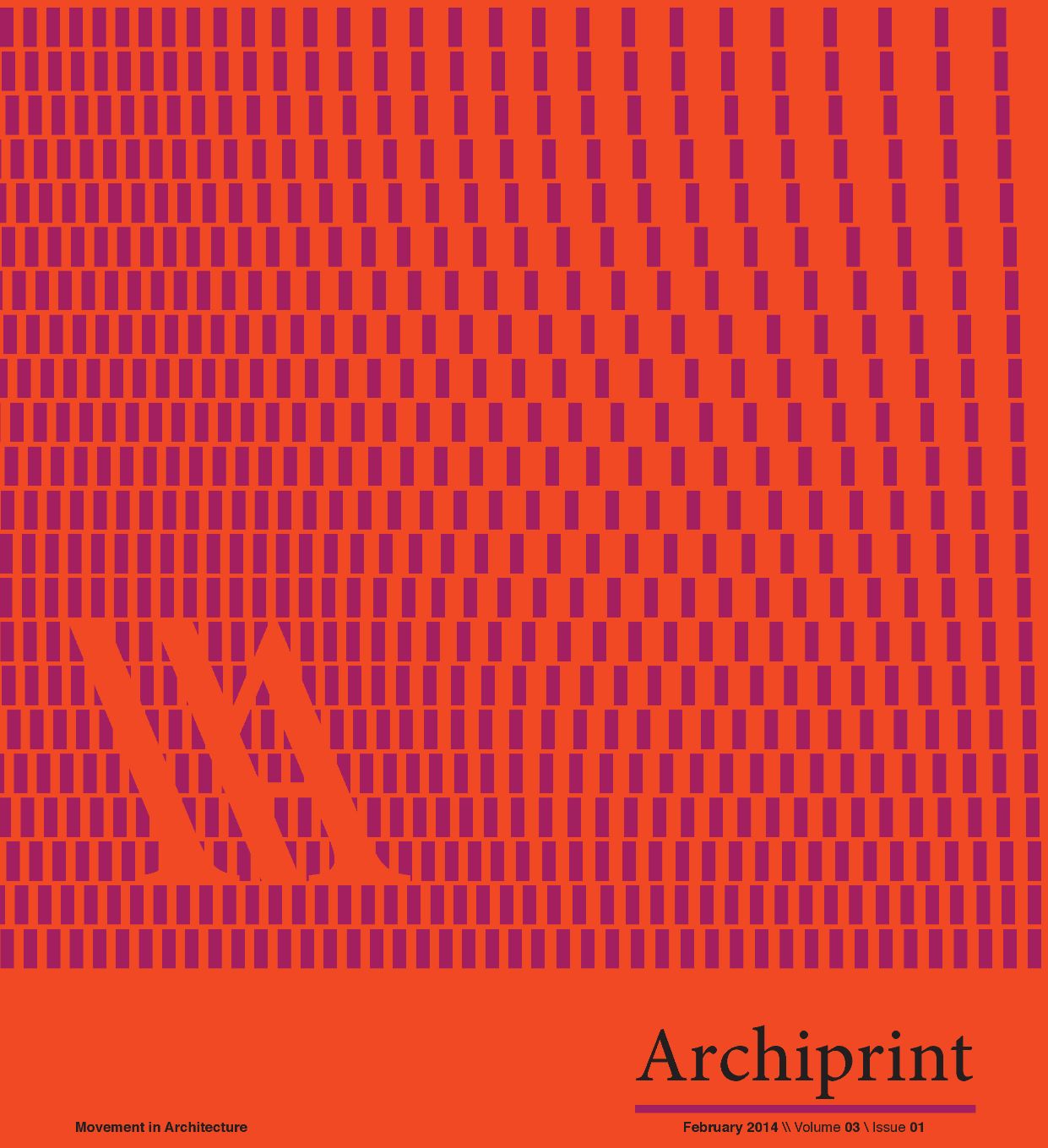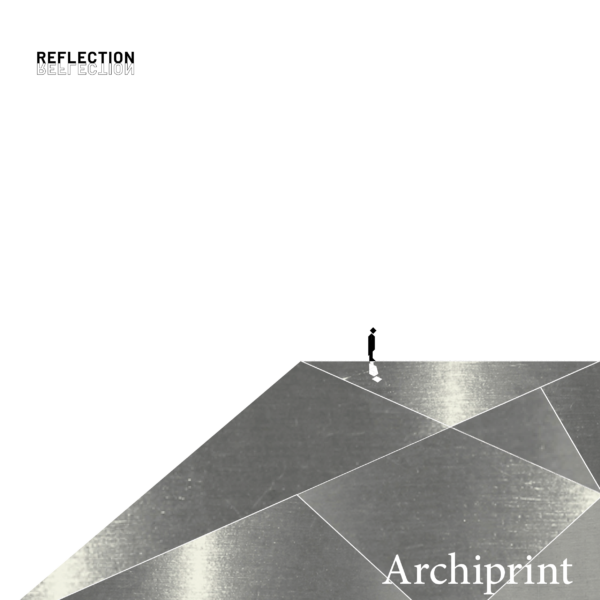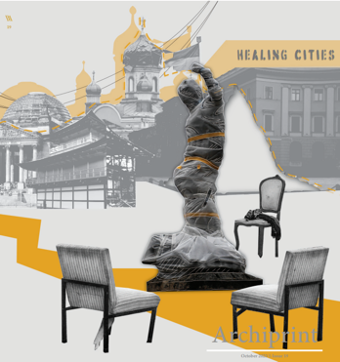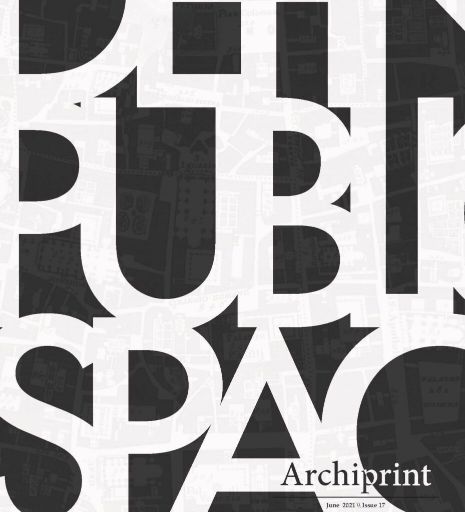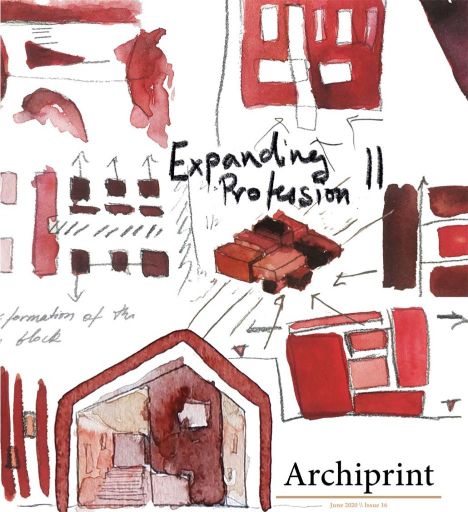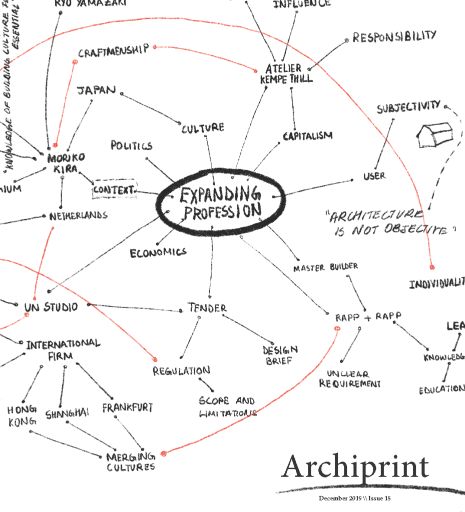Architecture is never at a standstill. There are always new developments in the field and architecture is therefore forever on the go and subject to change. This is more than good: it is vital. Change prompts us to reconsider conventional, contemporary thinking and practices in architecture. Change, consequently, is never merely based on what is ‘new’. It builds on what is there already, or forges relationships between different ‘old’ ways of thinking.
The theme of this issue is Movement. We address various different ‘acts of change’ in the architectural design process as a continuous narrative. We focus on the way perspectives are currently changing in this process. Among other things, we touch on topics like sustainability, generative design, freehand drawing, user behaviour, education and designing in itself. In addition to this wide range of topics, we chose to add two highlights in this issue, which each focus exclusively on a single, specifi c subject. We singled out generative design and freehand drawing, because they are currently predominant in education, design ethodologies and the public debate.
The advent of computer aided design has been exerting a strong infl uence on the way buildings are designed for years. Increasingly, working with parameters and computer models – so-called generative design – is used to design complex projects and to meet every requirement. This often leads to surprising results and configurations. What the role of the architect is, in an age where computers dominate the design process, remains to be seen. Will it limit designers’ possibilities? Will it create new opportunities regarding the possibilities and formal language of buildings?
On the other hand, we haven’t ignored analogous designing. The triangular relationship between design, body and the experience of space and time still plays an important part in the design process. The growing interest in phenomenology and the merit of freehand drawing for the design process, for instance, create new perspectives in architectural practice and education. The fact remains that by assessing the past and the present with a critical glance – not only with regard to the topics mentioned above – it is possible to catch up with the public debate.
Is this a shift in contemporary design? Do we do things differently now than we did before? And if so, how does that benefit contemporary architectural practice? Are we creating a new movement? With this issue of Archiprint, we hope to equip architects and students of architecture with new perspectives and methods that will inspire and encourage development and change!
